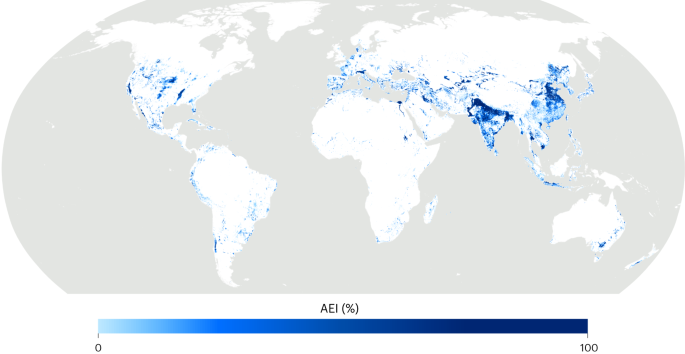2024-03-07 ミュンヘン大学(LMU)
<関連情報>
- https://www.lmu.de/en/newsroom/news-overview/news/rock-weathering-and-climate-low-relief-mountain-ranges-are-largest-carbon-sinks.html
- https://www.science.org/doi/10.1126/science.adk0957
風化によるCO2排出量は適度な侵食速度で最大化する CO2 drawdown from weathering is maximized at moderate erosion rates
AARON BUFE, JEREMY K. C. RUGENSTEIN, AND NIELS HOVIUS
Science Published:7 Mar 2024
DOI:https://doi.org/10.1126/science.adk0957
Editor’s summary
The role of erosion in the modulation of atmospheric carbon dioxide has been challenging to untangle because increased weathering fluxes do not always result in the drawdown of this greenhouse gas. Bufe et al. found that carbon dioxide drawdown peaks at a range of erosion rates that are much lower than the most active mountain belts. Peak drawdown occurs in various places on the planet, but very actively eroding landscapes are likely contributing carbon dioxide to the atmosphere. This observation helps to reconcile conflicting data on the role of weathering and atmospheric carbon dioxide. —Brent Grocholski
Abstract
Uplift and erosion modulate the carbon cycle over geologic timescales by exposing minerals to chemical weathering. However, the erosion sensitivity of mineral weathering remains difficult to quantify. Solute-chemistry datasets from mountain streams in different orogens isolate the impact of erosion on silicate weathering—a carbon dioxide (CO2) sink—and coupled sulfide and carbonate weathering—a CO2 source. Contrasting erosion sensitivities of these reactions produce a CO2-drawdown maximum at erosion rates of ~0.07 millimeters per year. Thus, landscapes with moderate uplift rates bolster Earth’s inorganic CO2 sink, whereas more rapid uplift decreases or even reverses CO2 sequestration. This concept of an “erosion optimum” for CO2 drawdown reconciles conflicting views on the impact of mountain building on the carbon cycle and permits estimates of geologic CO2 fluxes dependent upon tectonic changes.




